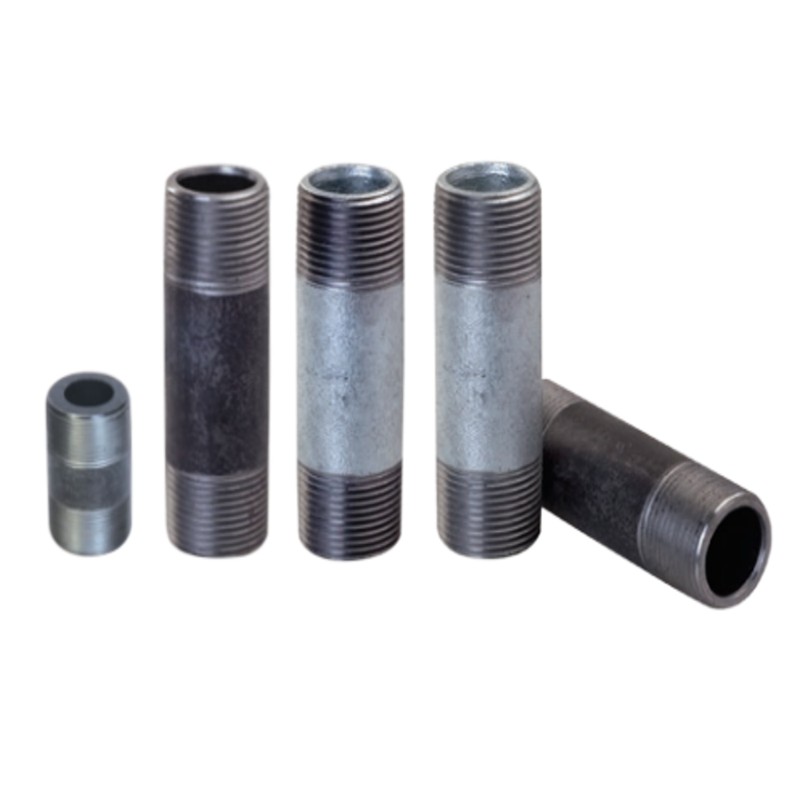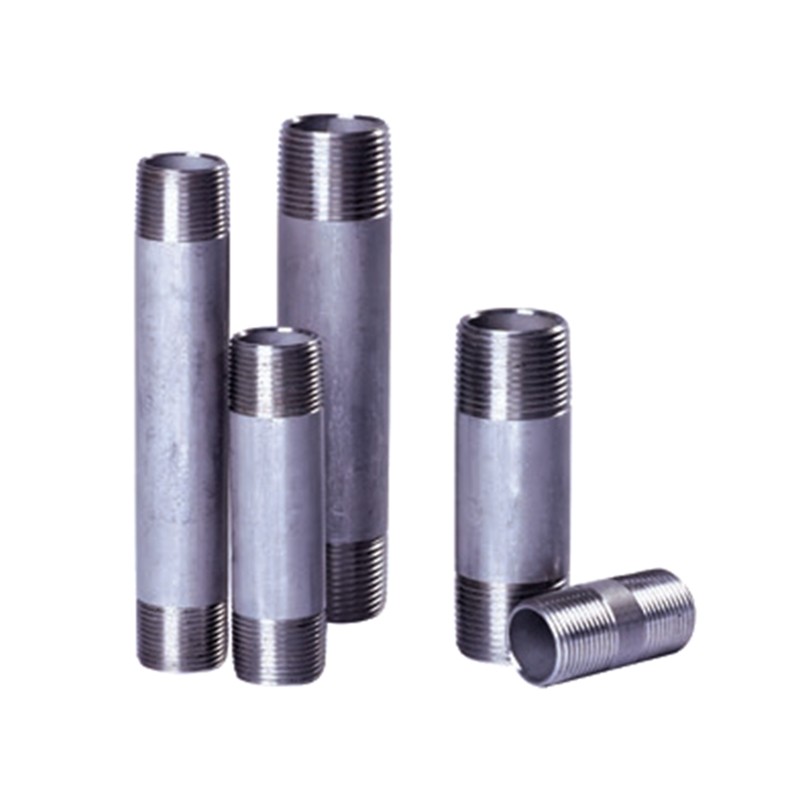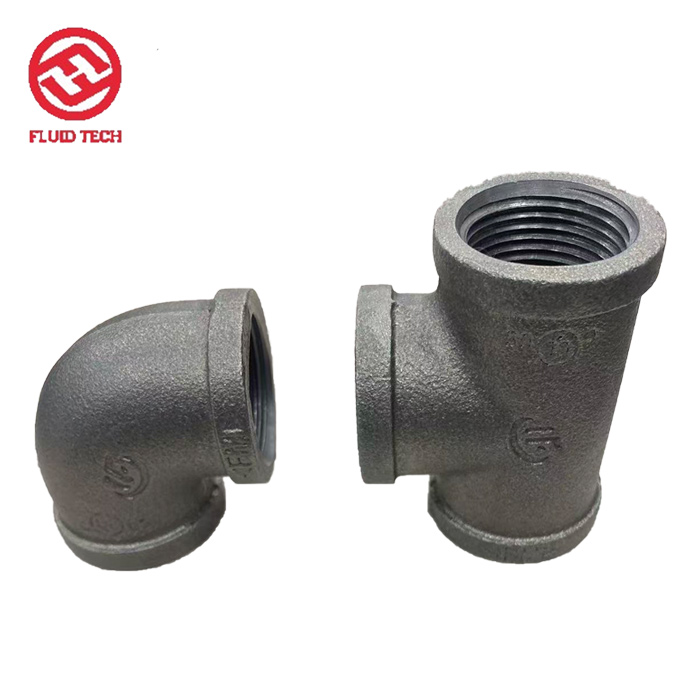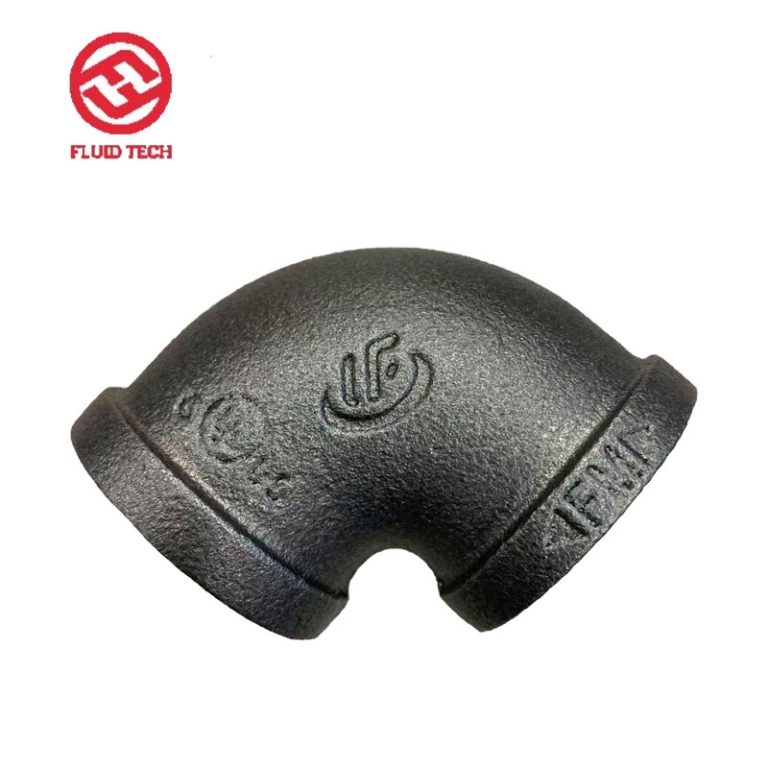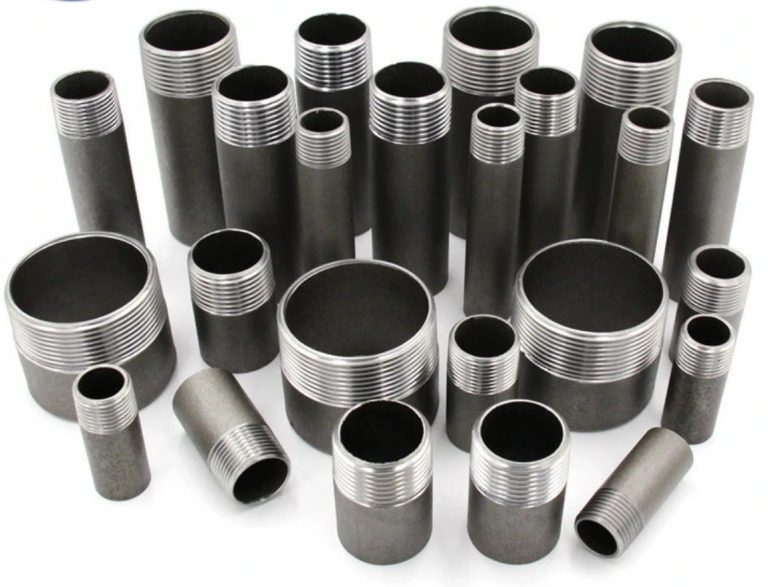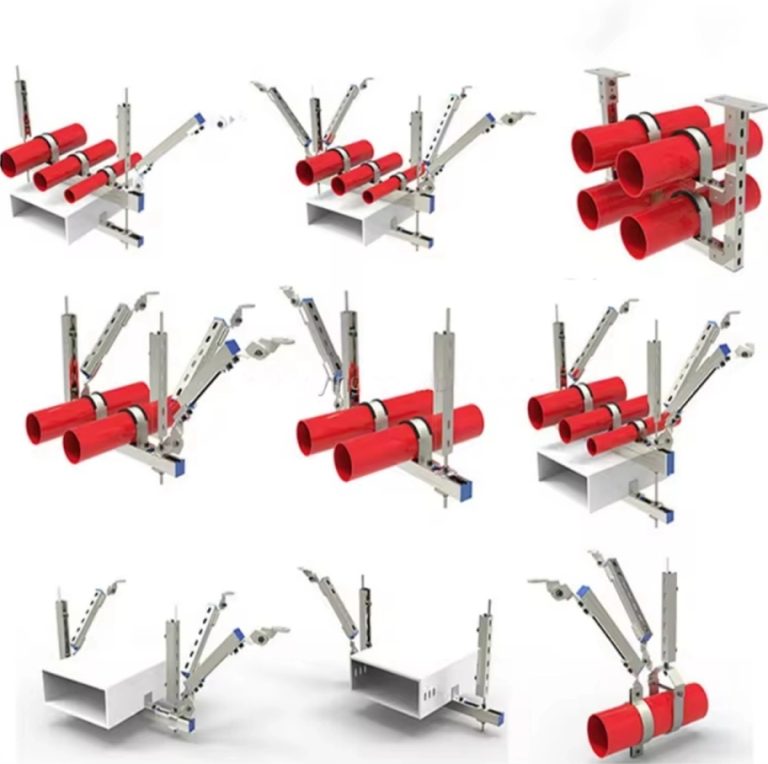Ever walked into a building and felt that subtle sense of security knowing there’s a 防火システム humming in the background? It’s easy to take for granted until something goes wrong. But here’s the thing: at the heart of these systems lies a bunch of seemingly simple components that hold everything together. We’re talking about 乳首 – those threaded connectors that link pipes, hoses, and valves. Pick the wrong one, and you could be looking at leaks, pressure drops, or worse, a system failure when it counts most. In this post, we’ll dive into why choosing the right nipple isn’t just a detail; it’s the critical link in keeping fire protection systems reliable and effective. Stick around – you might pick up a tip or two that saves your next project a headache.
What Exactly Are Nipples in Fire Protection?
Let’s start with the basics. Nipples are short lengths of pipe with threads on both ends, designed to connect different parts of a piping system. In fire protection setups, they’re the unsung heroes that join sprinklers, hydrants, valves, and pipes without a fuss. Think of them as the glue in a puzzle – without the right fit, the whole picture falls apart.
There are a few common types you’ll run into. Hose nipples, for instance, have a barbed end to grip hoses securely, often used in sprinkler or irrigation tie-ins. Then there’s the barrel nipple, a straight-threaded piece that’s welded or seamless, perfect for extending pipe runs in high-pressure lines. And don’t forget tank-type nipples, though they’re less common in standard fire systems but handy for custom setups.
From what I’ve seen in the field, these aren’t one-size-fits-all. A hose nipple might measure anywhere from 1/2 inch to 6 inches, with specifics like length and barb diameter tailored to the job. Take a 1-inch hose nipple: it’s about 83.5 mm long overall, with a 25 mm thread length and a 27.3 mm inner diameter. Get those measurements off, and you’re inviting trouble.
The Role of Nipples in Maintaining System Integrity
Now, why fuss over these little guys? Because in a fire protection system, integrity means everything. Nipples ensure seamless connections that handle water flow under pressure – we’re talking 8 to 16 bar in many cases. A weak link here could lead to bursts or drips that compromise the entire network.
Picture this: during a routine inspection at a high-rise like the Kingsway Tower in Nigeria back in 2021, engineers spotted a mismatched nipple in the sprinkler line. It wasn’t rated for the pressure, and sure enough, it started weeping under test. Swapping it out with a properly certified one averted what could’ve been a messy failure. Stories like that aren’t rare; industry reports from FM Global show that connection failures account for about 15% of sprinkler system malfunctions. That’s not just data – it’s real-world headaches for building owners.
Nipples also play into corrosion resistance. Made from carbon steel with plating, they fight rust in damp environments. Unplated ones? They weather fast, leading to clogs or breaks. It’s like leaving your bike out in the rain – sure, it works for a bit, but eventually, you’re pedaling nowhere.
Key Factors When Choosing the Right Nipple
Selecting the right nipple boils down to a few essentials. First off, size and threading. You need to match NPT or BSP standards to avoid cross-threading disasters. A 2-inch barrel nipple, for example, might have a schedule 40 wall thickness, ensuring it holds up in medium-duty lines.
Materials matter too. Carbon steel is tough and affordable, but for harsher spots, go galvanized to fend off corrosion. And certifications? Don’t skip ’em. FM and UL listings mean the nipple’s been tested for fire scenarios – think burst pressures and flow rates that keep systems operational.
Here’s a quick rundown in bullet points to make it stick:
- Size Compatibility: Measure pipe O.D. and length precisely. A 3/4-inch nipple is 1.050 inches O.D., with close lengths starting at 1-3/8 inches.
- Pressure Ratings: Check schedules like 40, 80, or 160. Higher means thicker walls for tougher jobs.
- Thread Type: ASME B1.20.1 for U.S. standards or ISO7/1 for international – mismatch these, and leaks are guaranteed.
- Surface Finish: Hot-dip galvanized beats black painting for longevity in wet areas.
Oh, and one side note: I’ve chatted with installers who swear by extra-long barbs on hose nipples for better grip. It’s a small tweak, but in shaky seismic zones, it makes all the difference.
Common Pitfalls and How to Sidestep Them
Nobody’s perfect, right? Even seasoned pros trip up sometimes. One big mistake is ignoring local codes. In the UK, you might need LPCB-certified nipples, while Germany calls for VDS. Use the wrong one, and your system’s not compliant – cue fines or rework.
Another gotcha: skimping on quality checks. I’ve heard tales of batches with inconsistent threading, leading to stripped connections mid-install. Always insist on pre-shipment inspections, like water pressure tests or dimension verifications. Third-party audits add that extra layer of assurance.
Data backs this up. A study from the National Fire Protection Association notes that improper fittings contribute to 10-20% of system downtimes. Avoid it by sourcing from suppliers with ISO and SGS certifications – they catch issues before they ship.
And let’s be real, sometimes folks overlook the environment. In coastal areas like Saudi Arabia’s Red Sea projects, salt air eats at unplated steel. Opt for electric-galvanized options to keep things rust-free longer.
Real-World Examples: Nipples in Action
To bring this home, let’s look at some projects where the right nipples made the cut. Take the Red Sea International Airport in Saudi Arabia, wrapped up in 2023. The sprinkler and hydrant systems relied on barrel nipples to link miles of piping. With seamless construction and schedule 80 ratings, they handled the desert heat and pressure without a hitch.
Or the CIU Nicosia in Cyprus from 2022 – here, hose nipples tied into the seismic bracing, ensuring flexibility during quakes. These weren’t off-the-shelf; they met UL standards, with precise barbs that gripped hoses like a vise.
Even back in 2016 at Chile’s Ovalle Casino Resort, tank-type nipples helped customize the hydrant setup. The result? A system that’s still going strong, no leaks reported.
These aren’t just wins; they’re proof that investing in quality pays off. Reminds me of that old saying – penny wise, pound foolish. Skimp on nipples, and you’re gambling with safety.
Introducing Fluid Tech as Your Trusted Nipples Supplier
If you’re hunting for reliable nipples, 流体技術 stands out. Based in Tianjin, China, they’re a go-to for fire protection components, offering everything from hose and barrel nipples to full system fittings. What sets them apart? Their products carry FM, UL, CE, LPCB, and VDS certifications, backed by rigorous quality controls like pressure tests and third-party inspections.
They’ve supplied projects worldwide, from Nigeria to Australia, with lead times under 30 days and one-stop shipping from their large warehouse. Plus, their team provides free samples and quick responses – 7 days a week. As a supplier, Fluid Tech focuses on carbon steel options with plated finishes, ensuring durability without breaking the bank. If you’re building or upgrading, they’re worth a look for that critical link in your fire protection system.
結論
Wrapping this up, the right nipple isn’t an afterthought – it’s the backbone of a solid fire protection system. From ensuring leak-proof connections to meeting global standards, these components keep things safe and operational. By picking wisely, avoiding common slips, and drawing from real examples, you set your project up for success. Remember, in fire safety, every detail counts. So next time you’re spec’ing out a system, think about that critical link. It might just save the day.
FAQs
What makes the right nipple essential in a fire protection system?
The right nipple ensures secure, leak-free connections between pipes, hoses, and valves, maintaining pressure and flow during emergencies. Without it, you risk failures that could compromise the whole setup – think of it as the critical link holding everything steady.
How do I choose the best nipple for my fire protection system?
Look at size, material, and certifications like FM or UL. For instance, a hose nipple needs the right barb for grip, while barrel nipples should match your pipe schedule. Always check local codes too, to avoid compliance issues down the line.
Are there different types of nipples for various fire protection needs?
Yeah, definitely. Hose nipples work great for flexible connections in sprinklers, barrel nipples for straight pipe extensions, and tank-type for specialized tanks. Each type fits specific scenarios, so matching them to your system’s demands is key.
Why should I care about certifications for nipples in fire protection systems?
Certifications prove the nipple can handle real fire conditions – pressure, heat, corrosion. Skipping them might save cash short-term, but it invites risks, like in projects where uncertified parts led to recalls. It’s all about that reliable critical link.
Can poor nipple choices really impact a fire protection system’s performance?
Absolutely. Mismatched sizes or low-quality materials lead to leaks or bursts, cutting efficiency by 15-20% per industry stats. In a pinch, that could mean delayed response times – underscoring why the right nipple is essential for top-notch protection.

